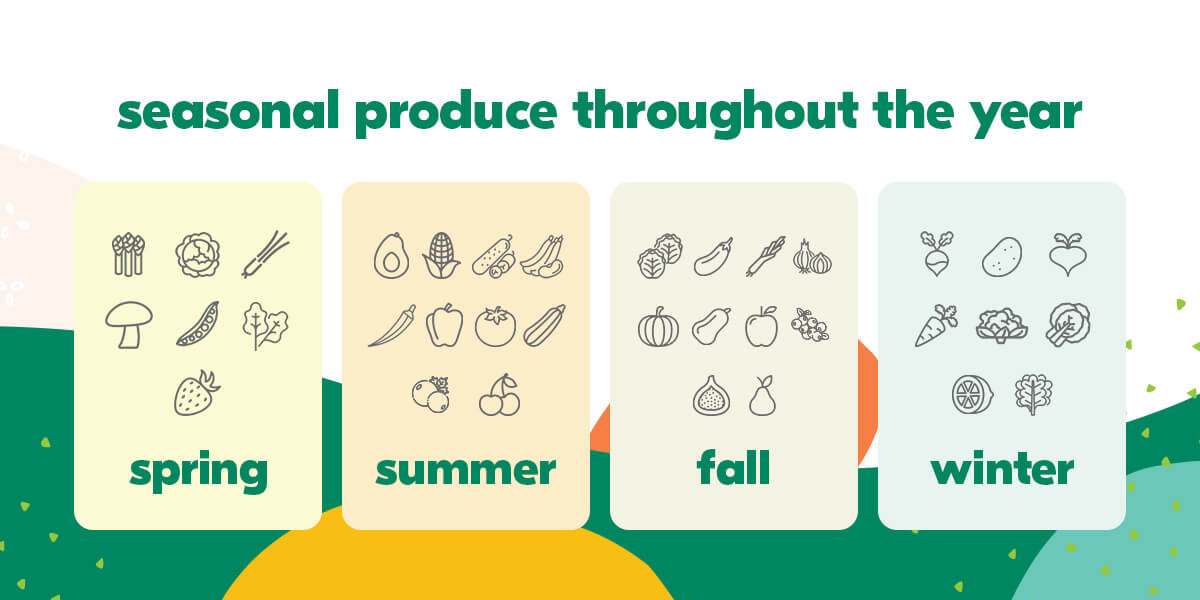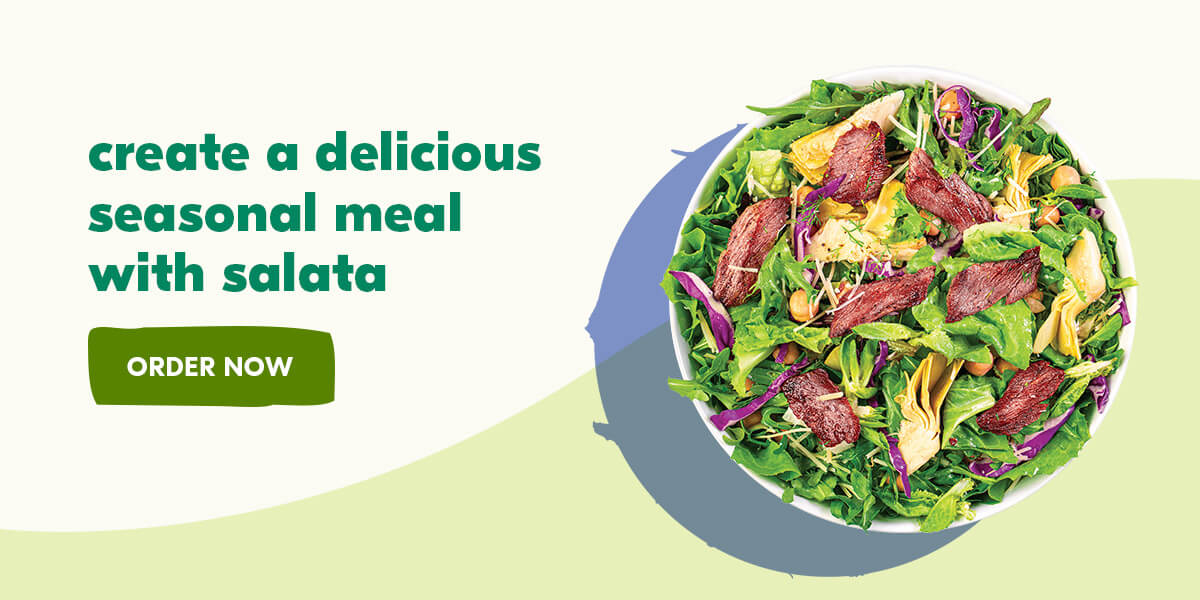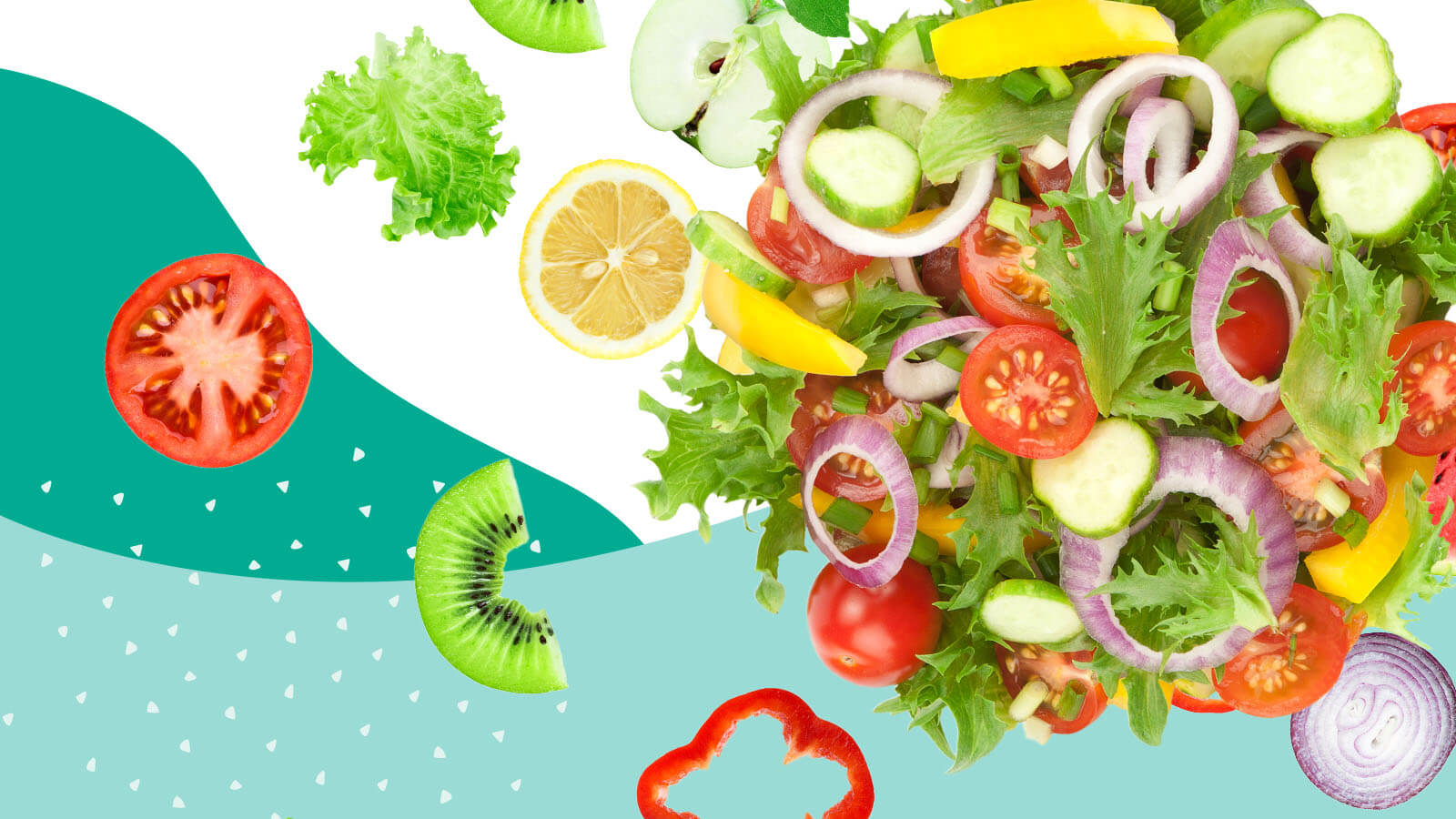Understanding Seasonality
Have you noticed that a juicy tomato fresh off the vine tastes different from one you buy from the store in the middle of winter? That’s the magic of seasonality!
Whether you’re looking for fresh ingredients packed with flavor or healthy foods that are better for you and the environment, understanding seasonal produce can help you choose more nutritious, delicious foods. Choosing seasonal eating also benefits the environment, your local community and your wallet.
This article explains what seasonal produce is, the benefits of eating seasonally and specific fruits and vegetables to look for throughout the year. Learn more about how to eat seasonally in this guide.
The Definition of Seasonal Produce
Seasonal produce is food that is naturally at its peak at a specific time of year. Plants ripen at different times or under certain conditions, meaning seasonal foods vary by region and climate. Produce often tastes better when purchased locally soon after harvest, when it’s had time to ripen in a favorable environment.
For example, while tomatoes are available all year, they are best in the summer from a local grower. That fresh-off-the-vine tomato has had enough time in the right environment to ripen naturally and develop the ideal flavors, textures and nutrients. When tomatoes are out of season, they may be picked early, stored for a while and shipped long distances, making them less likely to reach their full potential for taste and nutrition.
Seasonal eating means choosing foods that are in season. When you shop and eat seasonally, the produce you buy and the recipes you make will vary throughout the year as different foods come in and out of season. For example, cherry pie is a classic summer dessert because cherries are in season in the summer, while pumpkin pie is a fall staple because pumpkins are a fall vegetable.
Benefits of Eating Seasonally
Produce often tastes better and is healthier when it’s ripe and hasn’t traveled too far. Here are some of the main advantages of seasonal eating:
- More nutrient-dense: The nutritional content of a vegetable or piece of fruit can decrease after it’s been picked, so the less time there is between harvest and eating, the more nutrients the food may have. In one study, leafy greens lost about 50% of their vitamin C before reaching grocery stores.
- More nutrient variety: Another health benefit of eating seasonally is that choosing seasonal produce can help you eat a wider range of fruits and vegetables, which can mean you get a wider variety of nutrients. For example, since summer fruits are exposed to more sunlight, they may have more antioxidants than root vegetables, which are richer in carbohydrates and starches.
- Reduced carbon footprint: Eating seasonally decreases the carbon footprint required to store and transport food to you from where it was grown. For example, buying locally grown berries in season has a much smaller carbon footprint than buying berries shipped from South America when they’re off-season in your area.
- Support your local economy: Because seasonal food doesn’t have to travel as far, eating seasonally supports farmers in your area and boosts your local economy. Keeping your spending local can have a ripple effect beyond your single transaction, creating a cycle of economic activity that strengthens the community.
- Save money: Seasonal produce can also be better for your wallet, since a larger supply can mean lower prices. You also save money on transportation costs since it doesn’t have to be shipped as far.
Seasonal Produce Throughout the Year

Seasonal produce can vary greatly based on location. Many vegetables and herbs are available year-round in temperate regions. Here is a general guide to the most common seasonal fruits and vegetables by season:
- Spring produce: In the spring, look for asparagus, cabbage, green onions, mushrooms, peas, rhubarb and strawberries.
- Summer produce: Summer is a time of plenty! You’ll find vegetables like avocados, corn, cucumbers, green beans, okra, peppers, tomatoes and zucchini. Summer is also prime time for berries of all types and stone fruits like peaches, cherries, plums and apricots.
- Fall produce: In the fall, you can find heartier vegetables like Brussels sprouts, eggplant, leeks, onions, pumpkins and other squashes. Fall fruits include apples, cranberries, figs and pears.
- Winter produce: Many root vegetables — such as turnips, potatoes, beets and carrots — are available throughout winter. Other winter vegetables include cauliflower, chard and kale. The main winter fruits are citrus, including oranges, lemons and tangerines.
Some foods may be in season earlier or later depending on the region. For example, most cooking greens, like spinach, radicchio, endives and escarole, are sweeter in cool weather. Because of this, they are a fall vegetable in regions that get cool early but a winter vegetable in climates that are warmer for longer. Similarly, okra does well in Texas, with its long growing season and hot summers, but is less likely to reach its full potential in North Carolina, where the growing season is shorter and temperatures are more moderate.
A chart on eating seasonally can help you remember which foods to look for in each season. When you know what’s naturally available each season, you can choose fresher, more nutritious fruits and vegetables instead of produce grown in a greenhouse or other controlled environment.
Salata Salad Kitchen’s Commitment to Fresh Ingredients
At Salata, our philosophy is to provide fresh food fast, with ingredients sourced from trusted non-GMO partners, so you can create a healthy, delicious salad or wrap just the way you like it. We chop all our fresh produce every morning, ensuring high-quality options for your salad or wrap.
You can choose from several salad bases or tortilla types. We offer over 50 fresh toppings, including seasonal fruits and vegetables, and 11 signature dressings. Your salad or wrap is completely customizable with all the toppings you want for one price.
For a flavorful summer meal, try our Greek Salad, which features cucumbers, tomatoes, peppers and olives. Our Harvest Salad is perfect for fall with apples, cranberries, grapes and walnuts on mixed greens.
Create a Delicious Seasonal Meal With Salata
Eating fresh ingredients can contribute to overall wellness by ensuring you get a balanced diet full of all the necessary nutrients. By choosing seasonal produce, you can enjoy more flavorful meals while supporting your health, the environment and your local economy.
Salata started with one salad bar in 2005. Thanks to our guests, we’ve grown to include locations across the country. Find a Salata near you, then order a delicious meal full of fresh ingredients made especially for you!




Comments